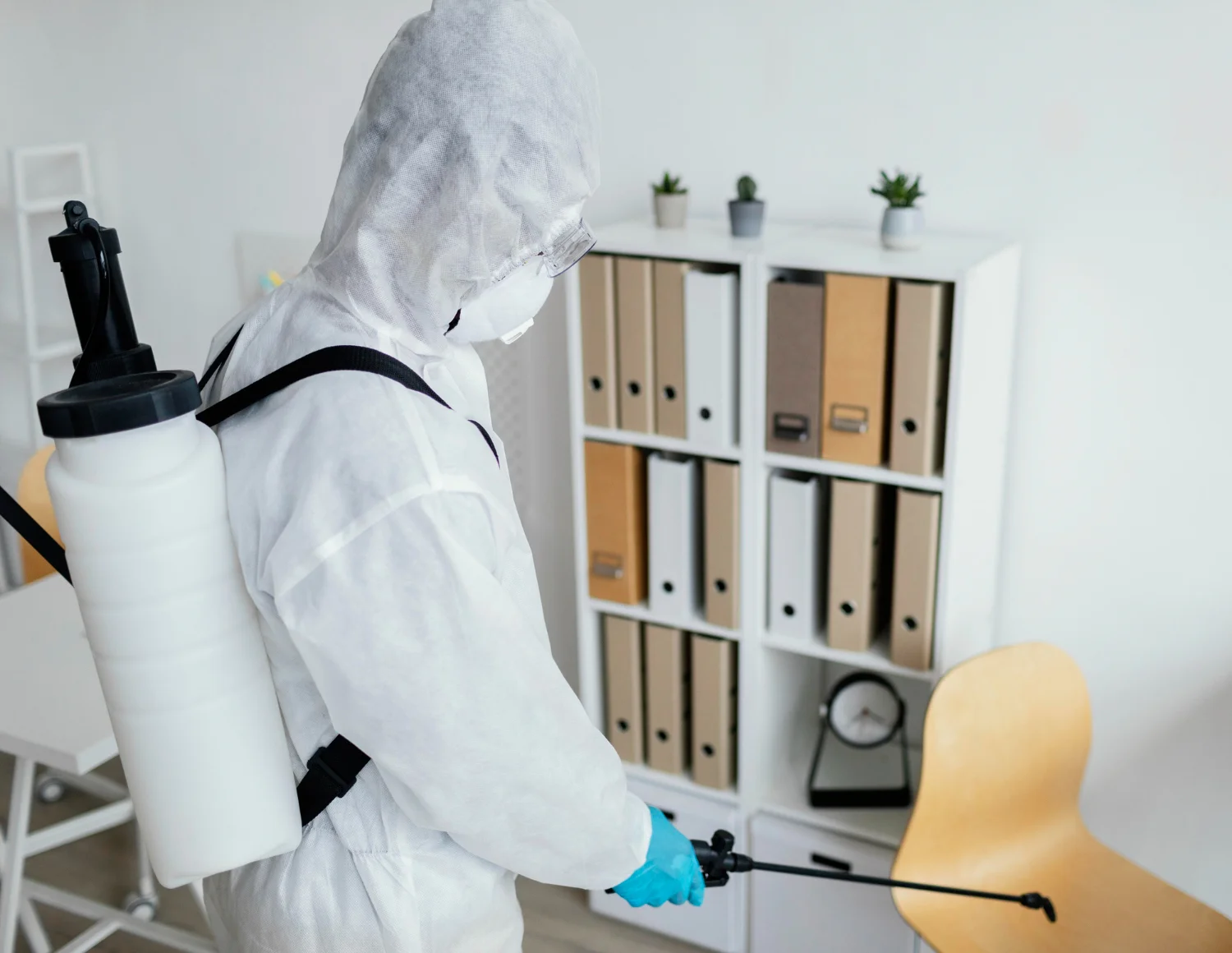When buying a home, a pre-purchase inspection is a critical step that can save you from unexpected repairs and expenses. This thorough evaluation of the property helps identify potential problems that might not be visible during a casual walkthrough. Understanding what common issues inspectors find can arm you with the knowledge to negotiate repairs or reconsider a purchase.
One of the primary concerns in any pre-purchase inspection is the structural integrity of the building. Structural issues can range from minor cracks to major foundation problems that compromise the stability of the house. These issues often require significant investment to fix, so it’s crucial to identify them early on.
Roofing and gutter problems are also frequently uncovered during inspections. A damaged or ageing roof can lead to leaks and water damage, which can degrade the home’s interior and exterior. Additionally, clogged or damaged gutters can lead to drainage issues, causing further problems to the property.
The inspection also extends to the electrical and plumbing systems. Faulty wiring, outdated electrical panels, and leaks in pipes can pose safety risks and require costly repairs. Inspectors pay close attention to these systems to ensure they are up to code and functioning properly.
Another significant concern is the presence of pests, particularly termites. A termite infestation can cause extensive damage to wooden structures, and identifying pest issues early can prevent further deterioration.
Structural Issues and Foundation Problems
Structural issues and foundation problems are among the most critical concerns uncovered during pre-purchase inspections. These issues can compromise the safety and stability of your potential home. Identifying these problems early can save you significant stress and expense in the long run.
1. Foundation Cracks and Shifts: Inspectors often find cracks in the foundation, which can vary from minor hairline cracks to significant fissures. While small cracks might be a result of normal settling, larger cracks can indicate severe shifting or settling of the foundation. This could lead to uneven floors, doors that won’t close properly, and even structural instability.
2. Sagging or Uneven Floors: Floors that slope, dip, or have noticeable unevenness often point to underlying structural problems. These issues may arise from water damage, poor construction, or a compromised foundation. Inspectors use levels and other tools to measure and determine the extent of any unevenness.
3. Basement and Crawl Space Issues: Water seepage, moisture build-up, and cracks in basement walls or crawl spaces can signal serious foundation problems. Inspectors check for signs of mould, mildew, and water stains, which are often indicators of ongoing or previous water issues that could affect the structural integrity.
4. Wall Cracks and Ceiling Issues: Cracks in the walls, particularly around door frames and windows, may indicate the building is settling unevenly. Ceiling cracks can also be a sign of structural movement and need to be evaluated to understand their cause.
Taking these structural issues seriously is vital as they often require extensive and costly repairs. If an inspection reveals such problems, you may need to negotiate with the seller for repairs or reconsider the purchase altogether.
Roofing and Gutter Concerns
The roof plays a crucial role in protecting your home from weather elements. During pre-purchase inspections, roofing and gutter concerns are common findings. These issues can lead to water damage and reduced energy efficiency if not adequately addressed.
1. Damaged or Missing Shingles: Shingles that are cracked, curled, or missing can allow water to penetrate the roofing structure, leading to leaks and interior water damage. Inspectors will note the condition of the shingles and identify areas that require immediate repair or replacement.
2. Leaky Roofs: Water stains on ceilings or walls inside the home are clear signs of a leaky roof. These leaks can arise from damaged flashing, broken shingles, or inadequate sealing around roof penetrations like chimneys and skylights. An inspector will trace these signs back to their source to determine the extent of the damage.
3. Poor Gutter Maintenance: Gutters that are clogged with leaves, debris, or have inadequate downspouts can cause water to back up and overflow. This misdirected water can damage the foundation, walls, and landscaping. Inspectors will assess the gutters’ condition and recommend necessary cleaning or repairs.
4. Roof Age and Material: The age and type of roofing material can influence its condition and remaining lifespan. Older roofs, especially those made from materials with shorter lifespans, might need to be replaced soon. Inspectors will evaluate the roof’s current state and estimate when a replacement may be necessary.
5. Improper Roof Repairs: Previous attempts to repair the roof may not have been done correctly or professionally. Inspectors look for signs of patchwork, mismatched materials, or shortcuts that might not hold up in the long term.
Addressing roofing and gutter concerns promptly helps maintain the structural integrity of your home and prevents potential water damage. Ensuring your roof is in good condition can save you from costly repairs and extend the life of your property.
Electrical and Plumbing System Issues
Electrical and plumbing systems are essential components of any home, and inspectors pay close attention to these areas to ensure safety and functionality. Problems with these systems can lead to hazards and costly repairs, making it crucial to identify any issues during the pre-purchase inspection.
1. Faulty Wiring: Outdated or improperly installed wiring is a common issue found during inspections. Inspectors look for signs of wear, fraying, and outdated practices such as the use of knob-and-tube wiring. Faulty wiring can cause electrical fires, so it’s vital to address these concerns immediately.
2. Problematic Electrical Panels: Electrical panels that are old, improperly labelled, or have insufficient capacity to handle modern appliances can be hazardous. Inspectors will examine the panel for these issues, as well as check for proper grounding and any signs of overheating.
3. Leaking Pipes: Plumbing issues often surface in the form of leaks under sinks, around toilets, and in basements. Leaks can cause water damage, mould growth, and wood rot. Inspectors will check these areas and test water pressure to ensure there are no hidden leaks.
4. Water Heater Problems: The condition of the water heater is another area of focus. Inspectors evaluate the heater’s age, potential leaks, and overall functionality. Problems here can lead to insufficient hot water and the risk of flooding from tank failure.
5. Insufficient Plumbing Systems: Inefficient or outdated plumbing can lead to slow drains, low water pressure, and sewage backups. Inspectors will examine the plumbing system to ensure it’s up to code and fully functional.
Addressing electrical and plumbing issues uncovered during inspections is crucial for ensuring the safety and efficiency of your home. Failing to fix these problems can result in hazards and significant future expenses.
Pest and Termite Infestations
Pest and termite infestations are serious problems that can cause extensive damage to a property if left unchecked. During pre-purchase inspections, identifying signs of these infestations is a priority to prevent long-term structural damage.
1. Termite Damage: Termites are particularly destructive pests. They chew through wood, compromising the structural integrity of a home. Inspectors look for signs such as hollow-sounding wood, mud tubes, and discarded wings around windowsills and basements.
2. Rodent Infestations: Rodents can cause damage and pose health risks. Inspectors check for droppings, gnaw marks, and nests in attics, basements, and behind walls. Rodents also chew on electrical wires, increasing the risk of fire.
3. Insect Infestations: Other insects like ants, cockroaches, and spiders can indicate broader pest control issues. Inspectors look for evidence such as droppings, nests, and bodily remains, as well as the conditions that allow these pests to thrive, like moisture or food sources.
4. Bird or Bat Problems: Birds and bats nesting in the attic or eaves can introduce filth and disease. Inspectors will identify any current or past infestations and recommend humane removal and prevention strategies.
Detecting pest problems during an inspection is crucial for maintaining the home’s integrity. Remedies include professional pest control treatments and structural repairs to eliminate and prevent future infestations.
Conclusion
A pre-purchase inspection is a valuable step in the home-buying process, revealing critical issues that can affect your investment. From structural concerns and roofing problems to electrical and plumbing systems and pest infestations, understanding these potential issues gives you a solid foundation to make informed decisions. When these problems are identified early, you have the opportunity to address them before they become costly and complex repairs.
Ignoring these inspection findings can lead to significant expenses and safety risks down the road. It’s essential to prioritise these checks to ensure the home you’re purchasing is safe, sound, and worth the investment.
If you’re looking for trusted professionals to carry out your pre-purchase inspection, consider C & W Services. We’ve been successfully inspecting residential properties for over 5 years, and our experienced team will provide thorough evaluations to benefit your property. Contact us today to schedule your property inspections in Yeppoon.



